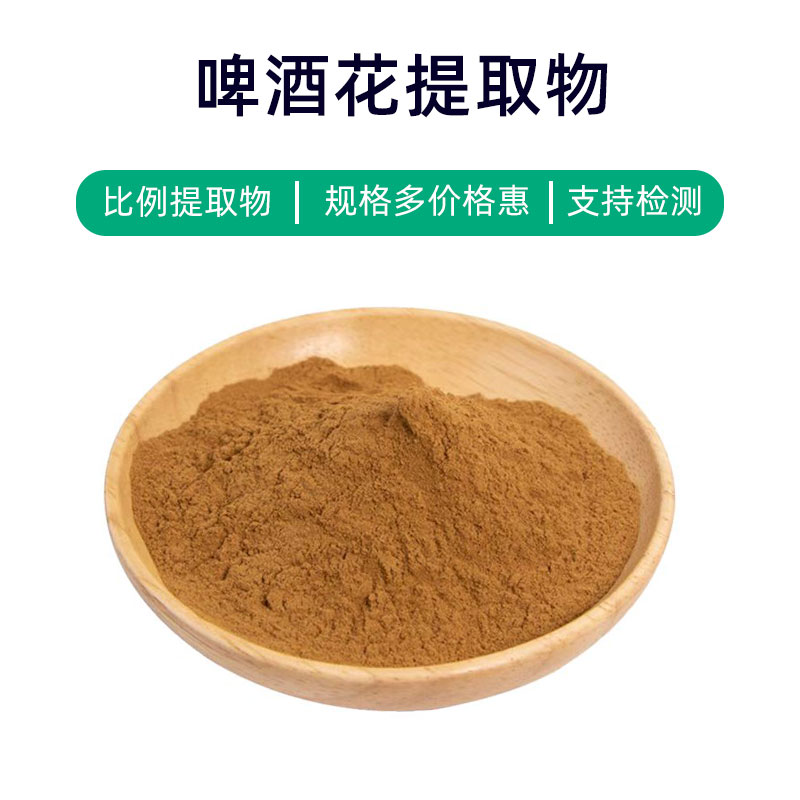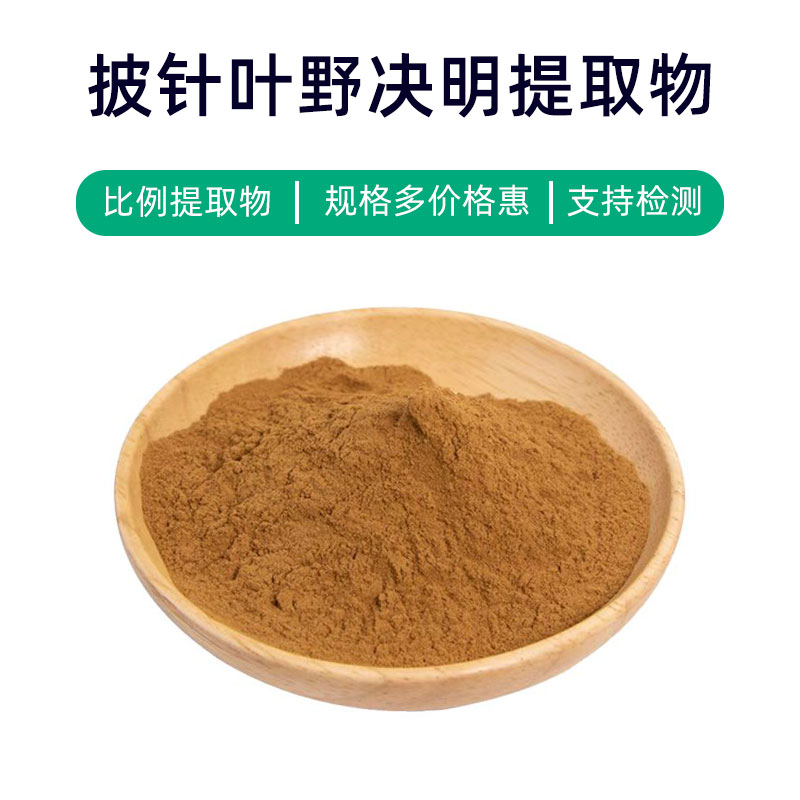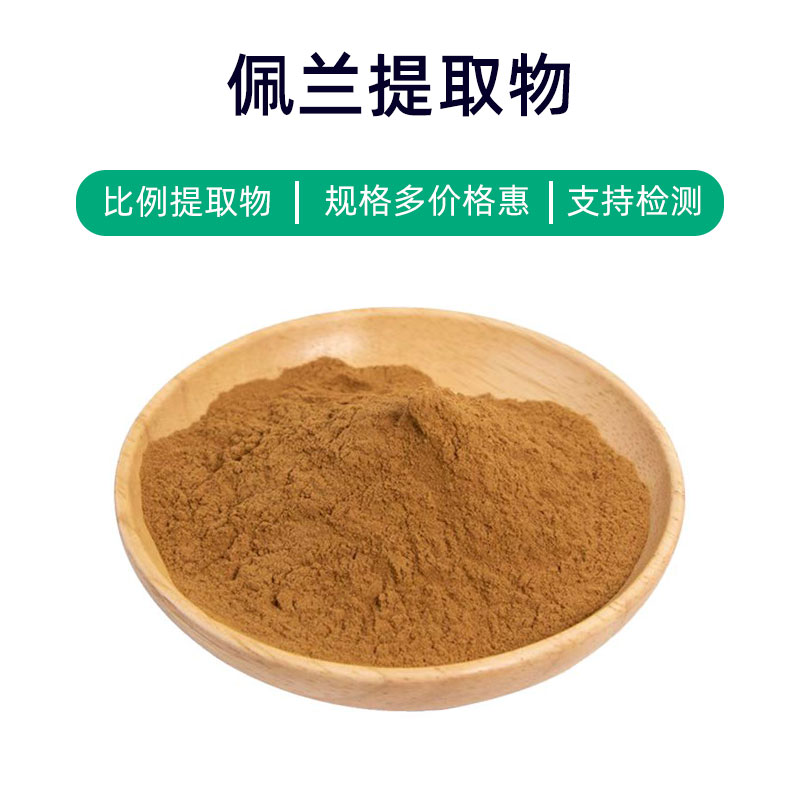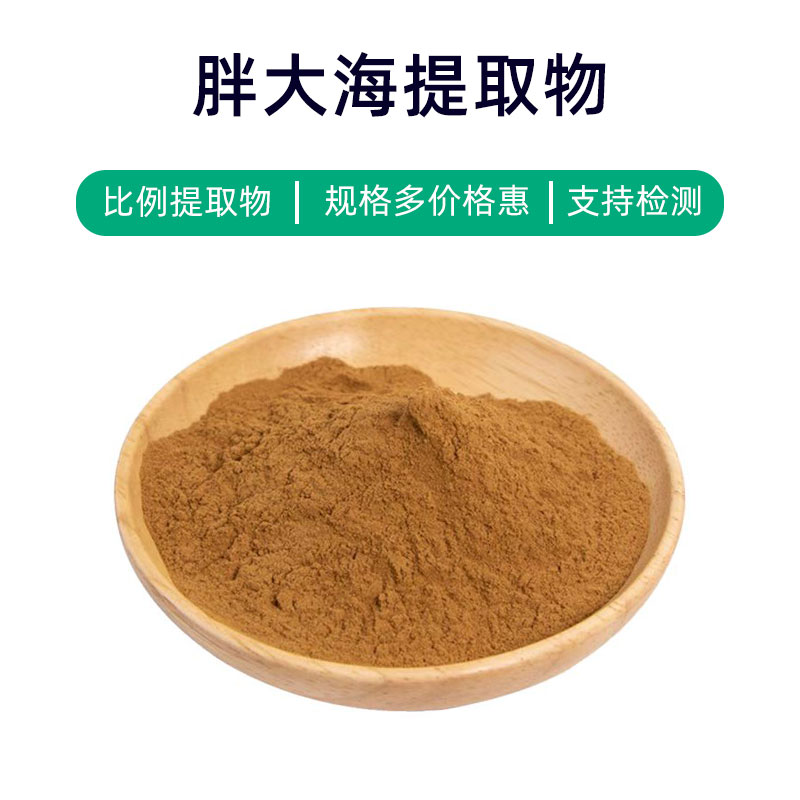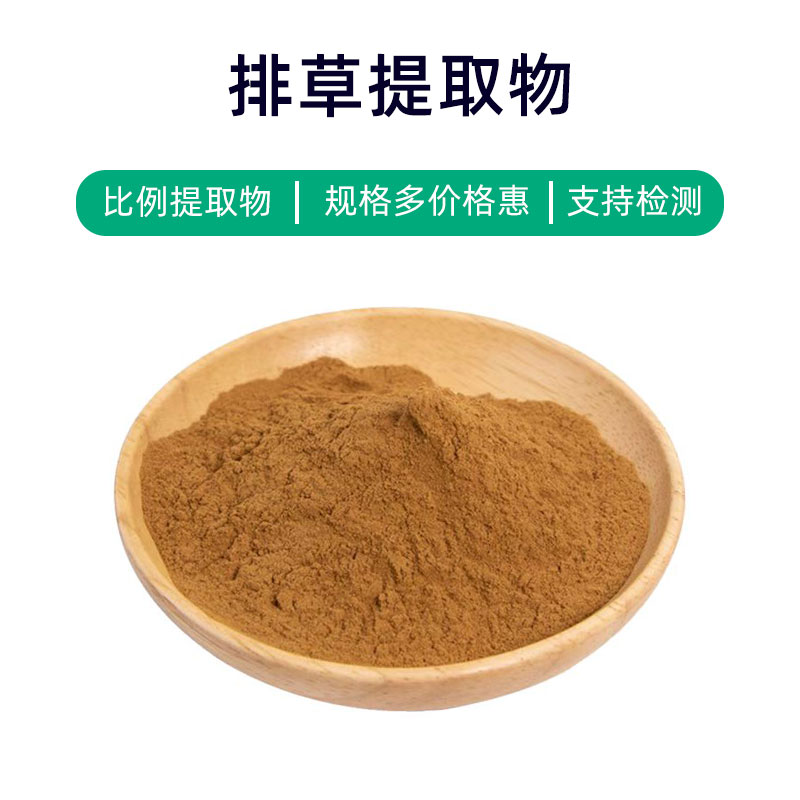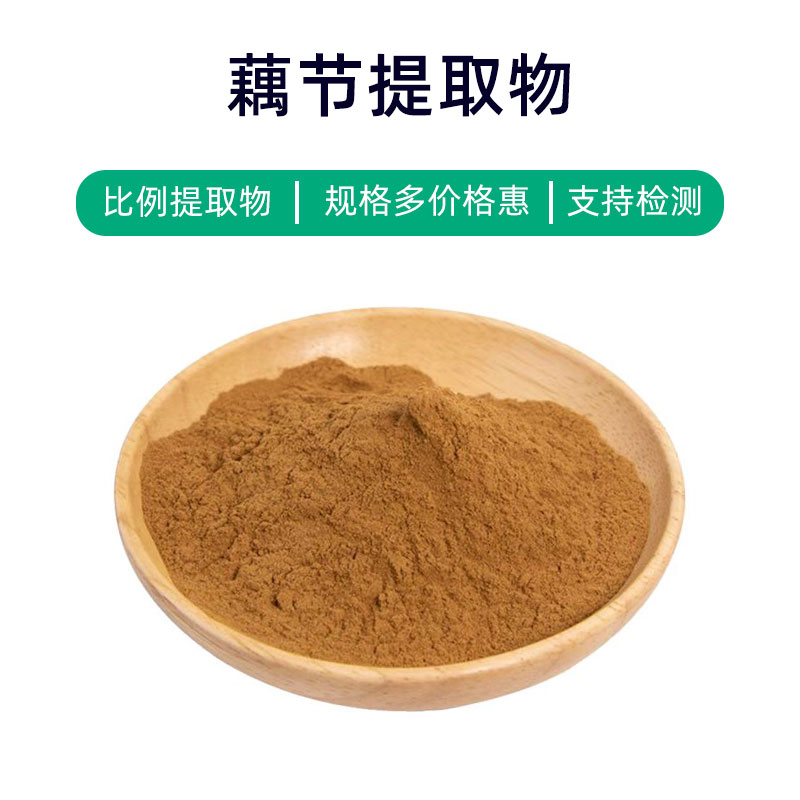Chrysanthemum-Embroidered Chrysanthemum Extract Product Introduction
The Chrysanthemum-Embroidered Chrysanthemum Extract is a natural plant extract derived from the flowers of the Embroidered Chrysanthemum. Its main components include abundant flavonoids, essential oils, and vitamin C, which contribute to its various benefits and applications.
Firstly, the extract is widely used in the medical field. It contains rich flavonoids that have antioxidant, anti-inflammatory, and antibacterial properties, aiding in the prevention and improvement of cardiovascular diseases, cancer, and enhancing immunity.
Secondly, in the health supplement sector, the extract is often added to various health products, such as health teas and oral liquids. Its benefits primarily encompass antioxidant effects, immune regulation, and digestive promotion, which can help enhance physical functions and strengthen the body.
Additionally, the extract is commonly used in the food industry. It serves as a food additive, enhancing the nutritional value and flavor of foods while also possessing preservative qualities. Common applications include its addition to tea beverages, pastries, ice cream, and more.
Finally, in cosmetics, the extract is frequently included as an ingredient in skincare products. It offers antioxidant, anti-inflammatory, and soothing benefits, capable of calming the skin and reducing inflammatory responses, especially suitable for sensitive skin.
In summary, the Chrysanthemum-Embroidered Chrysanthemum Extract has multiple effects and is extensively applied in the fields of medicine, health supplements, food, and cosmetics.
Production Process of Chrysanthemum-Embroidered Chrysanthemum Extract
The production process of Chrysanthemum-Embroidered Chrysanthemum Extract generally includes the following main steps:
- Collection: Select plants grown in an unpolluted environment, typically harvested before the flowers fully bloom to preserve the maximum active ingredients.
- Pre-treatment: The harvested flowers are cleaned and dried to remove impurities and microorganisms while maintaining flower integrity.
- Extraction: Appropriate extraction methods, such as water or ethanol extraction, are used to extract the active components from the flowers. During extraction, temperature, pressure, and time are controlled to ensure the quality and activity of the extract.
- Filtration: The extracted liquid undergoes preliminary filtration to remove suspended particles and larger impurities, resulting in a relatively clear extract.
- Concentration: The filtered extract is concentrated through low-temperature evaporation or vacuum concentration methods to remove moisture, yielding a concentrated extract.
- Purification: The concentrated extract is further purified through processes like precipitation and crystallization to remove residual impurities and enhance purity and activity.
- Drying: The purified extract is dried to reduce moisture content, resulting in a powdery or granular form of Chrysanthemum-Embroidered Chrysanthemum Extract.
- Packaging: The dried extract is packaged, typically in sealed containers, to prevent exposure to air, maintaining stability and activity.
These steps in the production of Chrysanthemum-Embroidered Chrysanthemum Extract need strict control to ensure the quality and safety of the final product.
Effects and Side Effects of Chrysanthemum-Embroidered Chrysanthemum Extract
As a natural plant extract, Chrysanthemum-Embroidered Chrysanthemum Extract has various effects and benefits in medicine and health:
- Antioxidant Properties: Rich in anthocyanins and flavonoids, it helps to eliminate free radicals, reduce oxidative stress, protect cells from damage, and slow down aging.
- Anti-inflammatory Properties: The active components can suppress the release of inflammatory factors and alleviate inflammatory responses, offering some relief for inflammatory diseases like arthritis and dermatitis.
- Antibacterial Properties: The extract has inhibitory effects on various bacteria, fungi, and viruses, making it useful in preventing and treating skin infections and respiratory tract infections.
- Blood Sugar Regulation: Some studies suggest certain components of the extract may help lower blood sugar levels, assisting in the management of diabetes.
- Anti-allergic Properties: Rich in bioactive substances, it can modulate immune system functions and reduce allergic reactions, offering relief for allergic rhinitis and skin allergies.
- Sleep Improvement: Components in the extract have calming effects that promote sleep and improve sleep quality, providing relief for insomnia and anxiety.
Chrysanthemum-Embroidered Chrysanthemum Extract is generally safe, but some individuals may experience allergic reactions or mild digestive issues. It is advisable to conduct a skin allergy test prior to use, avoid interactions with known allergens, and consult a healthcare professional for appropriate usage to prevent overuse or prolonged usage.
Application Scenarios and Dosage of Chrysanthemum-Embroidered Chrysanthemum Extract
Chrysanthemum-Embroidered Chrysanthemum Extract is widely used in medicine, food, and cosmetics, and its dosage varies based on the specific application. Here are its applications and corresponding dosages in different fields:
- Medical Applications:
- Anti-inflammatory: The extract can be incorporated into topical ointments or oral formulations for treating skin inflammation and gastrointestinal inflammation, typically in dosage as advised by a physician.
- Antibacterial: Used for treating infectious diseases such as skin infections and respiratory infections, typically in topical or oral forms, with dosages according to physician recommendations.
- Sedatives: For improving sleep quality and relieving anxiety, it is commonly brewed as tea, with 1-2 cups recommended per serving, adjustable as needed.
- Food Applications:
- Tea: The extract can be used as a tea additive, brewed into chrysanthemum tea, with personal taste dictating the quantity used, generally consumed 1-3 times daily.
- Flavoring: Used in food processing, such as baking and cooking, with quantities added based on specific recipes and taste preferences.
- Cosmetic Applications:
- Skincare Products: Commonly found in skincare formulations like masks, lotions, and serums to provide antioxidant, anti-inflammatory, and moisturizing benefits, typically used according to the product instructions or guidance.
- Beauty Products: Incorporated into cosmetics like lipsticks and eyeshadows, providing natural coloring effects, with quantities added based on product specifications.
When using the Chrysanthemum-Embroidered Chrysanthemum Extract, it's best to adhere to the following principles:
- Follow the dosage guidelines provided by the product or a healthcare provider to avoid excessive use.
- For those with allergies, conduct a skin allergy test to ensure safe use.
- If any discomfort occurs during use, discontinue immediately and seek medical advice.
- Store the product in a cool, dry place away from direct sunlight to maintain quality.
Source Plant Introduction, Distribution, and Growing Environment of Chrysanthemum-Embroidered Chrysanthemum
Chrysanthemum-Embroidered Chrysanthemum (Scientific Name: Chrysanthemum morifolium Ramat.) is a significant variety within the chrysanthemum species and originates from China. It is a traditional medicinal and ornamental plant widely cultivated around the world. Below is detailed information on its source plant, distribution, and growing conditions:
Source Plant Description:
Chrysanthemum-Embroidered Chrysanthemum is a perennial herb that generally grows to a height of 30 to 150 centimeters. Its leaves are lobed, and it features large flowers in various colors, including yellow, white, red, and purple, making it a popular ornamental flower.
Distribution:
Originally from China, it can be found throughout the country, particularly concentrated in Jiangsu, Zhejiang, Anhui, and Shandong provinces. It has also been introduced globally, including in Asia, Europe, and North America.
Growing Environment:
This plant prefers a warm, humid climate, with optimal growth temperatures between 15°C and 25°C. It requires ample sunlight, though it adapts to partial shade or full shade conditions. The soil tends to be less restrictive but thrives in loose, fertile, well-draining loam. It shows some cold resistance but does not fare well in cold, damp climates, which can lead to pest and disease issues.
In China, the Chrysanthemum-Embroidered Chrysanthemum typically blooms in the fall and is an essential traditional ornamental flower. Beyond its decorative appeal, it holds considerable medicinal value and is commonly utilized in traditional Chinese medicine for its benefits in clearing heat, detoxifying, reducing swelling, and calming the mind, making it a vital medicinal resource.
Processing and Storage of Chrysanthemum-Embroidered Chrysanthemum Extract
The processing method of Chrysanthemum-Embroidered Chrysanthemum Extract mainly includes harvesting, drying, and extraction. Initially, fresh flowers are harvested, impurities are removed, and drying is done until the moisture content reaches an appropriate level. The dried flowers are then crushed or extracted, with common methods including water extraction or ethanol extraction to obtain the extract. Lastly, the material obtained is filtered, concentrated, and dried to yield the final Chrysanthemum-Embroidered Chrysanthemum Extract.
For storage, the extract should be kept away from direct sunlight and high-temperature environments, stored in a cool, dry, and well-ventilated place to prevent moisture and mold. Additionally, it should be placed in airtight containers to avoid exposure to air and moisture, extending its shelf life. Proper storage conditions can ensure the stability and efficacy of the extract while preserving its medicinal value and effectiveness.
Monica Sun is a seasoned expert in the plant extraction industry with over a decade of experience in research and production. She specializes in the extraction and purification of plant active ingredients, focusing on driving innovation in natural product applications. Monica has participated in the development of multiple functional plant extracts, delivering high-value natural raw material solutions for the health food, pharmaceutical, and dietary supplement sectors.









